‘Unfathomable’: Qld rent affordability worst on record
Rental affordability has hit a historic milestone, with a typical Queensland family locked out of leasing a huge share of the state’s homes. INTERACTIVE REPORT
Property
Don't miss out on the headlines from Property. Followed categories will be added to My News.
Rental affordability has plunged to its worst level on record, with close to two-thirds of homes now officially out of reach for the typical Queensland family.
A groundbreaking new analysis has found Aussie households earning the median income of about $111,000 can afford to lease the smallest share of available rental properties since 2008.
PropTrack’s inaugural Rental Affordability Report shows just 39 per cent of homes advertised for rent on realestate.com.au from July to December 2023 were affordable across the country for a typical-income household.
Queensland’s rental landscape was even more dire, with the Sunshine State among the nation’s three least affordable locations, alongside New South Wales and Tasmania.
Families earning the Queensland median household wage of $107,000 per year and spending 25 per cent of their income on rent could lease just 32 per cent of properties across the state.
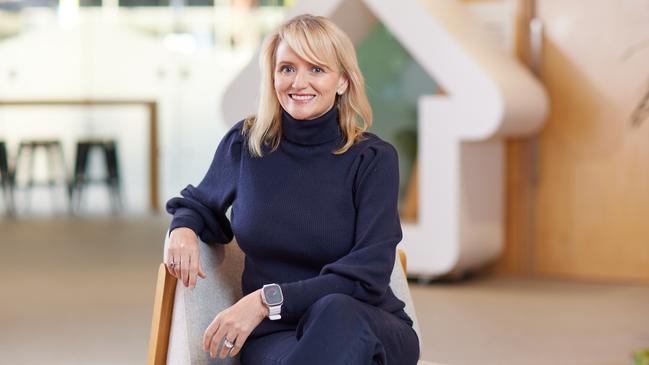
MORE NEWS
New solution to Australia’s ‘silver tsunami’ of empty homes
First look inside beachfront home designed for Israel Folau
Influencer Ellidy Pullin lists Gold Coast home
REA Group chief product and audience officer Melina Cruickshank labelled the outlook “unfathomable”.
“Surging rents and a lack of affordable housing over recent years have pushed the situation for renters to its worst level in recent history,” Ms Cruickshank said.
“We are in a crisis that seems unfathomable for a country like Australia.”
The index presents an unprecedented analysis across different household income distributions and locations, revealing a bleak outlook for low and middle-income families in particular as surging rent prices since the pandemic far outstripped wage growth.
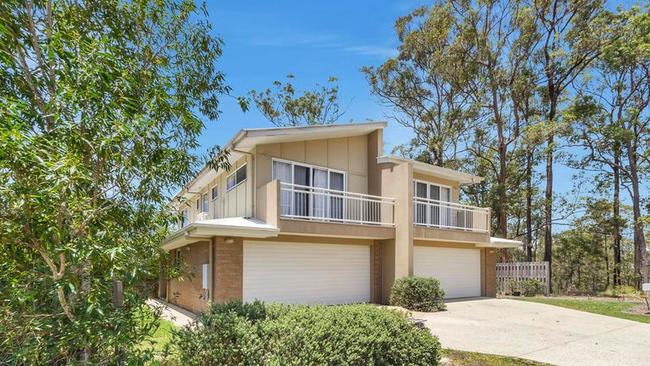
While the national median household income increased 19 per cent since financial year 2018/19, rent prices in Brisbane and regional Queensland soared by 50 and 53 per cent respectively, or about $200 a week.
PropTrack senior economist and report co-author Angus Moore said renting a home anywhere in Queensland had become “much tougher” since 2021, with affordability falling to its lowest level in at least 17 years, when records began.
In 2020/21, a median-income household could afford about 60 per cent of advertised rentals.
But conditions for prospective tenants now were “significantly worse” than the last time the market was similarly challenged in the early 2010s, post-global financial crisis. Back then, an average annual household income of about $71,000 would unlock 44 per cent of advertised rentals.
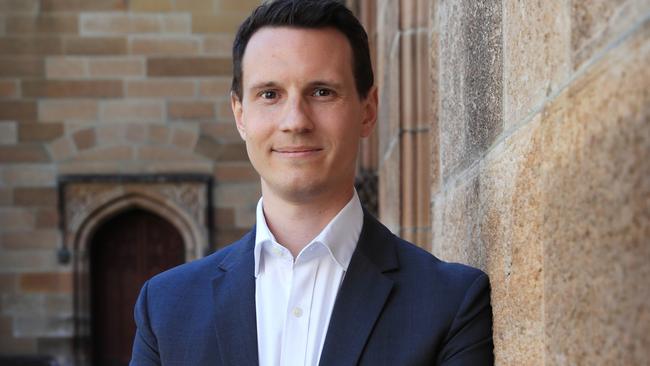
“The sharp deterioration in affordability has been driven by the significant increase in rents that we’ve seen since the pandemic, which wages have not kept pace with,” Mr Moore said.
“At the lower end of the income distribution, renting is extremely challenging. This highlights the importance of rental support for low-income renters, such as Commonwealth Rent Assistance.
“Without support, renting would be effectively impossible for many of these households.”
Mr Moore said cost-of-living pressure had increased demand for lower priced rental homes. Consequently, a home which had rented for $280 a week in 2018/19 now cost $400 — up 41 per cent — compared with 30 per cent growth for homes at the top end of the rental market.
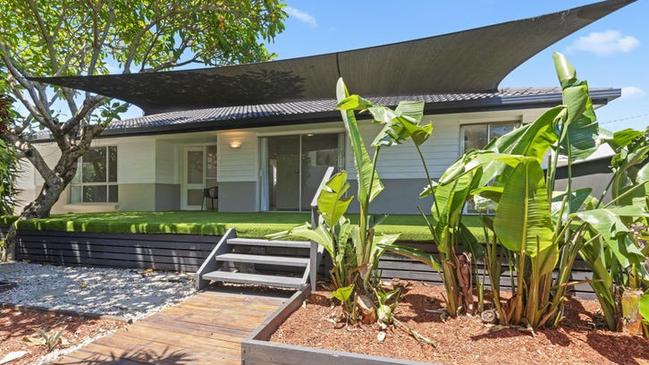
Median advertised rents in both Brisbane and regional Queensland increased 9.1 per cent and 11.5 per cent respectively over the past year alone, despite growth slowing as the COVID-led surge in interstate migration eased off.
“Longer term, increasing the availability and supply of rentals is critical to improving
affordability,” Mr Moore said.
“Rents are growing quickly because rentals are extremely scarce at the moment, with incredibly low rental vacancy rates around the country.
“The only way to solve that, sustainably over the long term, is to have more rentals where people want to live. And that means building more homes.”
Even high-income households earning around $170,000 a year — more than 70 per cent of Australians — were feeling the heat, with the share of rental properties they can lease down from a high of 91 per cent in 2020/21 to 85 per cent.
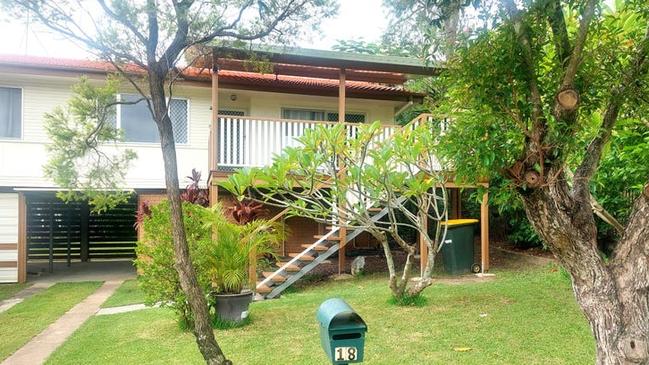
Queensland’s rental vacancy rate has also plunged by almost two-thirds since early 2020.
In February 2024, 58 per cent less rental homes were available in both Brisbane and regional Queensland.
Meanwhile, the state’s population surged by more than 138,000 people through 2022/23 alone, including 84,000 overseas arrivals.
Real Estate Institute of Queensland CEO Antonia Mercorella said more needed to be done to support renters into homeownership.
Referencing the state government’s recently released Homes for Queenslanders plan, she said initiatives such as $160m in rent relief and additional funds for homelessness services would “only act as a band-aid” without also incentivising new housing development.
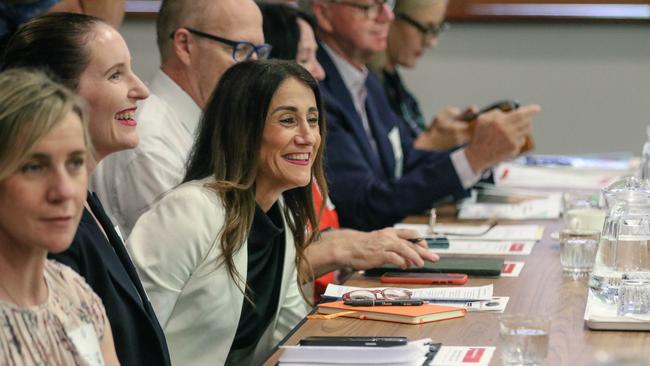
“There seems to be a focus on helping people in the rental sphere, but it concerns us that there is no focus on creating pathways to home ownership,” Ms Mercorella said.
“Queensland has the lowest home ownership rates in Australia, and a concerted focus to turn this around by assisting those who want to transition into owning their own home would have widespread benefits.”
“To really enact change on the ground, what’s missing from this plan is addressing the tax environment, the cost of construction and productivity, and support for apprenticeships and skills in Queensland,” Ms Mercorella said.
Applications for affordable housing through Brisbane provider BHC had soared by 118 per cent year-on-year, according to the developer’s CEO Rebecca Oelkers.
“We currently have unprecedented low vacancy and turnover rates in our housing portfolio,” Ms Oelkers said.

“People are coming to us with no other housing options. They are priced out of the private rental market and experiencing high levels of stress at the prospect of becoming homeless – something they have never had to consider before.
“Over the past 12 months, we’ve seen a considerable increase in enquiries for social and affordable housing from older tenants exiting from the NRAS (National Rental Affordability Scheme), families (mainly single parent families) and women impacted by domestic and family violence.”
A separate report on the national apartment market found ongoing low vacancy rates would fuel rent price growth into 2025, although this could slow as living costs continued to surge.
“Low vacancy will mean rental growth exceeds inflation and wage growth over at least 2024 and possibly into 2025,” JLL senior research director and report author Leigh Warner said.
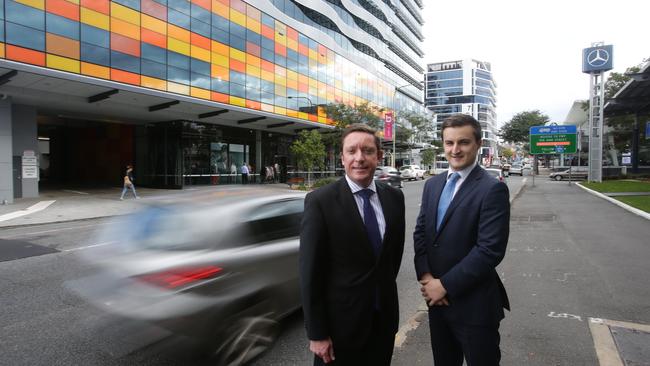
“However, rents and other budgetary pressures are already stretching household budgets and rental affordability will increasingly temper rental growth moving forward, particularly in Sydney and Brisbane.”
The report also raised “major concerns” over the low level of supply of new projects to become available to rent this year.
“Levels of completion are already low and with few major projects commencing, it is clear supply is not keeping pace with underlying demand from a very strong rebound in migration,” Mr Warner said.
“Developers want to build, but high costs, financing uncertainties, and ongoing shortages of construction labour all continue to make development very challenging.”
While the pipeline of build-to-rent projects had grown in recent years, projected supply still fell well short of demand.
“It appears affordability will be the only real constraint on rents over the next few years.”


